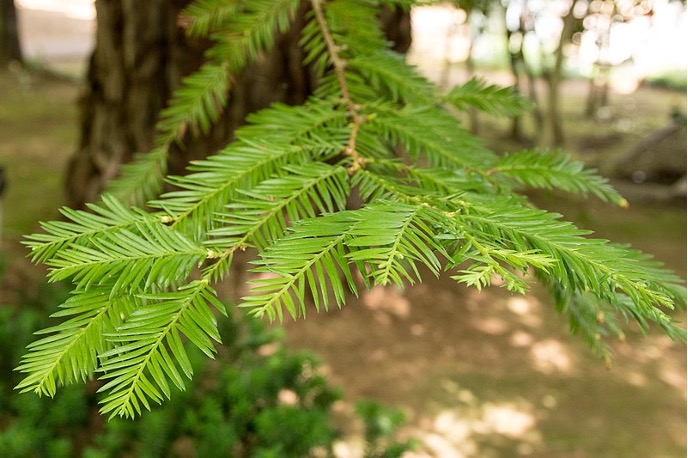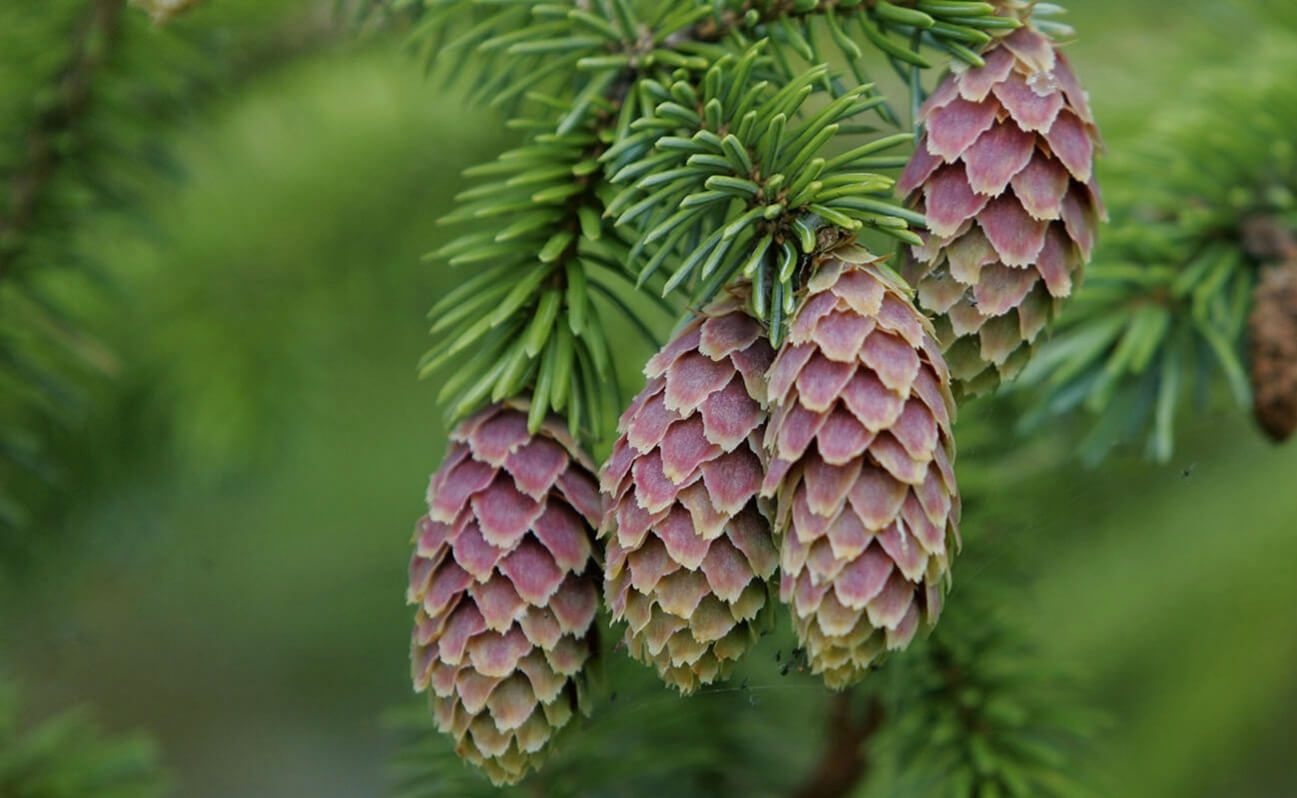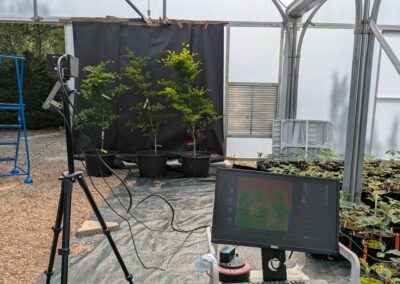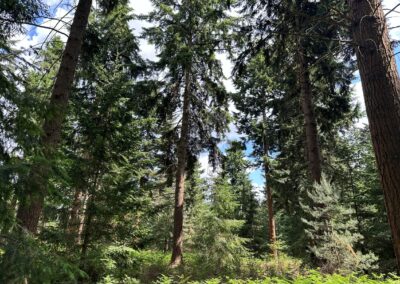Using phylogenetic relationships to predict susceptibility of tree species to pests and pathogens
Project lead(s) Dr Laura Kelly | Research Leader | RBG Kew
Contributors/partners –
Project status Completed pilot year project)
Project funding £26.4K
Research outcome Resistance
Description
This horizon-scanning project uses phylogenetic approaches to address two research questions:
- Which non-native tree species proposed for future planting in the UK are likely to be the most susceptible to native pests and pathogens?
- Which non-native pests and pathogens pose the greatest future threat to Sitka spruce, a key non-native tree species already widely planted in the UK?
1. Susceptibility of non-native trees to native pests and pathogens
We are assessing the likely susceptibility of non-native tree species to native pests and pathogens in the UK by undertaking the following tasks:
- Compiling a list of candidate non-native tree species for future planting in the UK, based on databases and expert knowledge.
- Analysing phylogenetic distance between non-native tree species and UK native plants from published large-scale molecular analyses.
- Reviewing the literature to collect data on organisms associated with the closest relatives of non-native trees, which are potentially harmful to tree health.
- Ranking the candidate non-native tree species according to likely risk, based on their phylogenetic distance from native tree hosts of potentially harmful organisms.
2. Susceptibility of Sitka spruce to non-native pests and pathogens
We are assessing the likely susceptibility of Sitka spruce to non-native pests and pathogens that might reach the UK in the future by undertaking the following tasks:
- Compiling a list of potential pests and pathogens of Sitka spruce based on databases and expert knowledge.
- Analysing phylogenetic distances between Sitka spruce and known hosts using a published time-calibrated phylogenetic tree for gymnosperms.
- Generating a phylogenetically informed ranking of pest/pathogen species on the basis of the minimum phylogenetic distance between a known host of that species and Sitka spruce, with those with the most closely related host species considered to pose the greatest risk.
Outputs
This project will deliver:
- Ranked lists of non-native tree species based on likely risk posed by native pests and pathogens. MS1: Candidate non-native tree list compiled; MS2: Analysis of phylogenetic distance from native plants completed; MS3: Potentially harmful organisms associated with native plants identified; MS4: Ranked lists of non-native trees generated; MS5: Report drafted for Defra.
- Ranked list of pests and pathogens based on the likely susceptibility of Sitka spruce. MS1: List of potential threat species and their known host ranges compiled; MS2: Analysis of phylogenetic distance completed; MS3: Ranked list of pests and pathogens generated; MS4: Report drafted for Defra.

Coast redwood (Sequoia sempervirens) is considered suitable for planting in the UK
Share this project on social media
Related Projects
Our Partners
Social media
Explore
Contact
© 2022 Centre for Forest Protection. All rights reserved.


